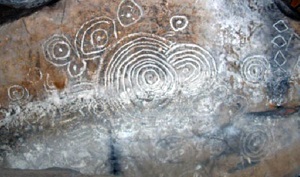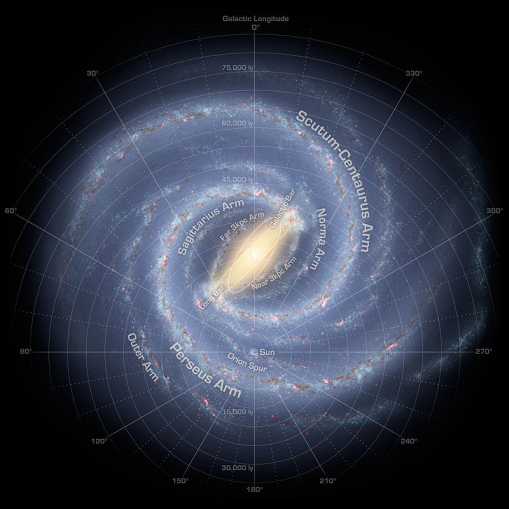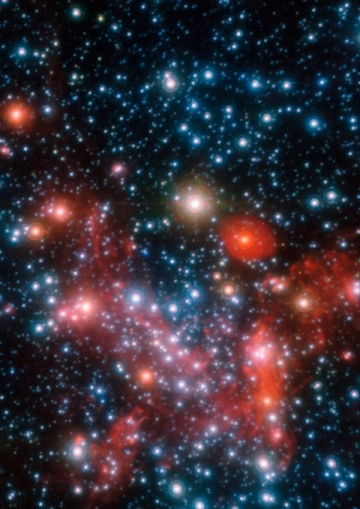Ireland formally joins one of the world's top international astronomy organisations
Ireland has formally joined one of the world's top international astronomy organisations, the European Southern Observatory (ESO). ESO's main mission, laid down in the 1962 Convention, is to provide state-of-the-art research facilities to astronomers and astrophysicists, allowing them to conduct front-line science in the best conditions. It is supported by Austria, Belgium, the Czech Republic, Denmark, Finland, France, Germany, Italy, the Netherlands, Poland, Portugal, Spain, Sweden, Switzerland and the United Kingdom, along with the host state of Chile. Ireland will become the 16th member of the organisation, which was founded in 1962. A number of other countries have also expressed an interest in membership.
John Halligan, Ireland's Minister of State for Training and Skills, who has responsibility for research, welcomed Ireland's involvement with ESO and told Raidió Teilifís Éireann News:
"It is important for our scientists, our researchers that we are part of worldwide research, and this is why we are joining,"
"It also has the potential to create jobs and create business for Ireland."
It is only fitting that Ireland should become part of the European Southern Observatory and the modern international professional astronomy community. Ireland's interest in astronomical matters stretches back to prehistorical times. In common with other Celtic lands, ancient megalithic monuments were not placed in a random way. They had astronomical alignments, both solar and lunar, and constellations gave a special meaning to the world. Stone circles, cairns, other types of ancient stone monuments and Neolithic carvings have shown the Celts to be advanced astronomers. Ancient stones and tombs are placed in a way that capture moments of astronomical importance. According to archaeologists the ancient Irish were the first to record a solar eclipse 5,354 years ago. A geometric etching illustrating the eclipse is thought to lie inside Cairn L. This is one of the two large focal monuments on Cairnbane West outside Kells in Ireland’s County Meath. The carving of concentric circles and lines is at the back of the chamber of the cairn. It is thought to have been carved on 30 November, 3,340 BC, which fits the dates of the 92 solar eclipses in history.








